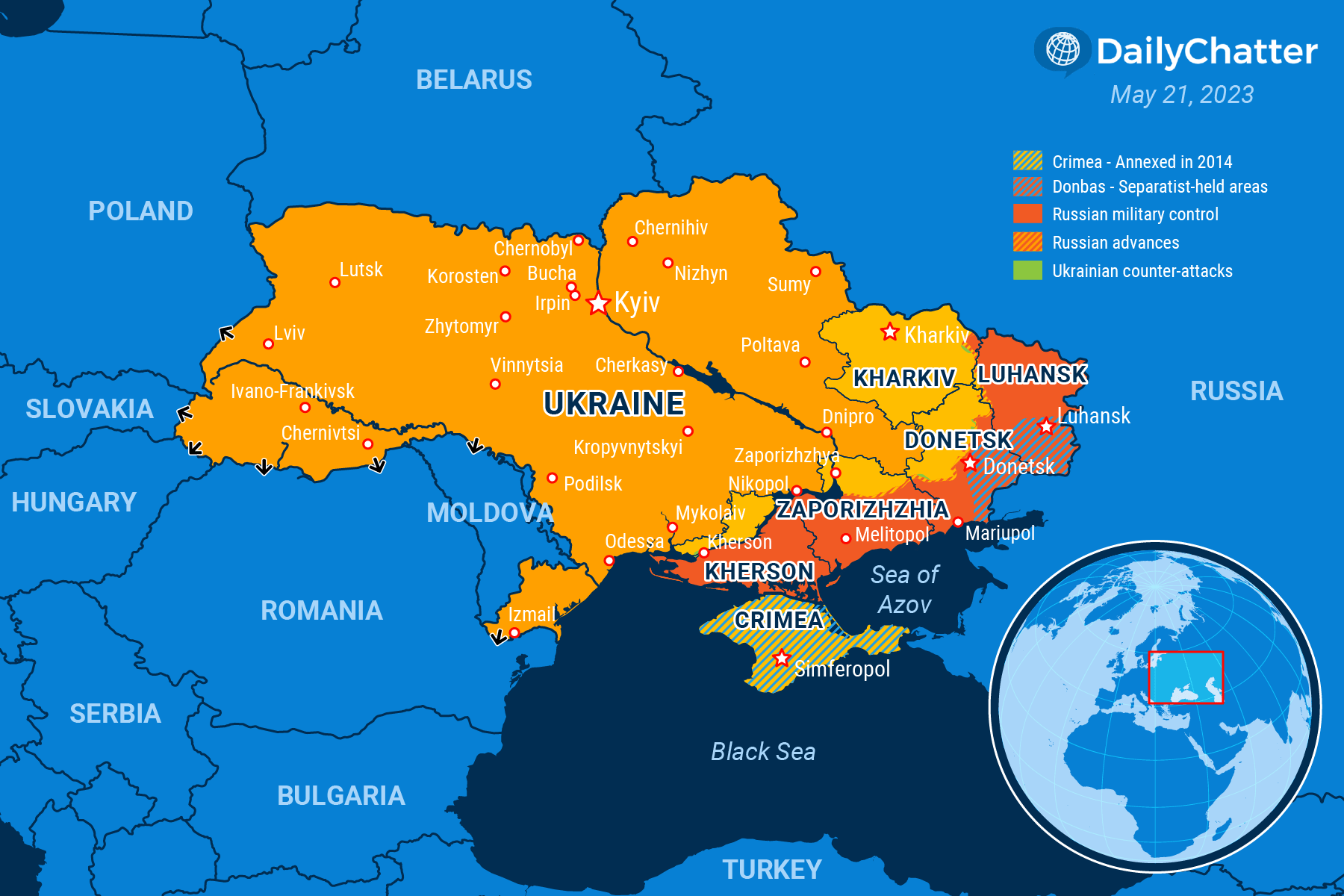Need to Know
August 07, 2023Watch Your Step
Ukraine

|
Listen to Today's Edition
|
Some say the Ukrainian counteroffensive against Russia appears to be failing.
“I think that the Ukrainians expected the counteroffensive to gather sufficient momentum to allow them to continue to push south at a much faster rate,” military intelligence expert Konrad Muzyka told CNBC. “Unfortunately, it didn’t happen.”
A military technology first widely used in World War II – mines – are one of the main reasons why the Ukrainians have made far less progress than they hoped when they first sought to retake Russian-occupied land in the spring.
The Russians planted more mines in eastern Ukraine than Ukrainian forces expected, as many as five per square meter, or around 11 square feet, CNN wrote. They now blight a swath of territory equivalent to the land mass of Florida, the Washington Post reported. Many of the mines are now made from plastic, so metal detectors can’t find them, added France 24. Ukrainians have been using drones with thermal imagers to pick up mines that become hot in the sun.
To be sure, the Ukrainians use mines, too. Human Rights Watch accused Ukraine, for example, of firing rockets bearing illegal antipersonnel land mines into Russian-controlled territory. The mines are “inherently indiscriminate weapons,” the group said, according to the New York Times.
Mines, however, are largely defensive weapons. Since Ukraine is on the offensive, they are now bearing the brunt of the impact of the mines that Russian troops scattered across the land to stymie the counteroffensive. Ukrainians have accused Russia of booby-trapping doors, crates, and even the bodies of fallen Ukrainian and Russian service members with mines, Reuters wrote.
Ukrainian sappers who defuse the mines are in high demand, the BBC added. Many have died or lost limbs while performing their jobs, of course. They’ll likely be working for years after the war ends, clearing minefields. Experts estimated that the country’s 500 demining teams would need 757 years to complete their jobs of removing the unexploded ordinance. The World Bank estimated that demining would cost $37.4 billion through the next decade.
Some sappers said they believe their slow and meticulous work will eventually pay off, given how Ukraine has been attacking Russian logistical hubs and supply lines with long-range artillery and other weapons, while intelligence they have gathered indicates that the Russian army’s morale is critically low.
It’s a crisis that illustrates how even the winners lose in a war of attrition.
Not already a subscriber?
If you would like to receive DailyChatter directly to your inbox each morning, subscribe below with a free two-week trial.
Support journalism that’s independent, non-partisan, and fair.
If you are a student or faculty with a valid school email, you can sign up for a FREE student subscription or faculty subscription.
Questions? Write to us at hello@dailychatter.com.

